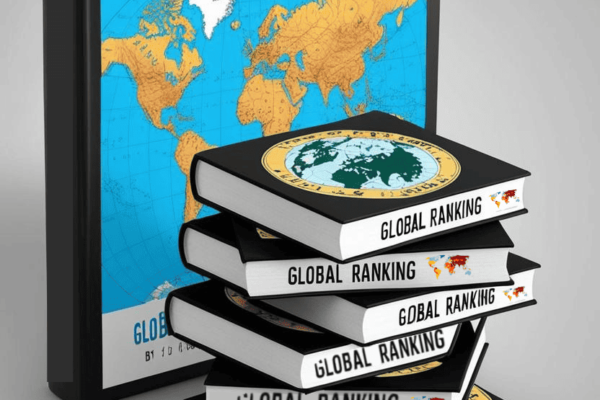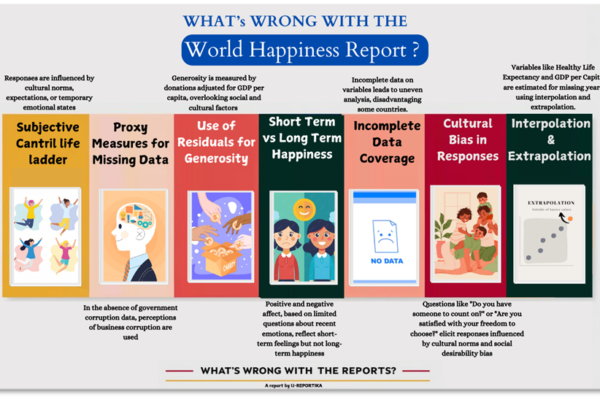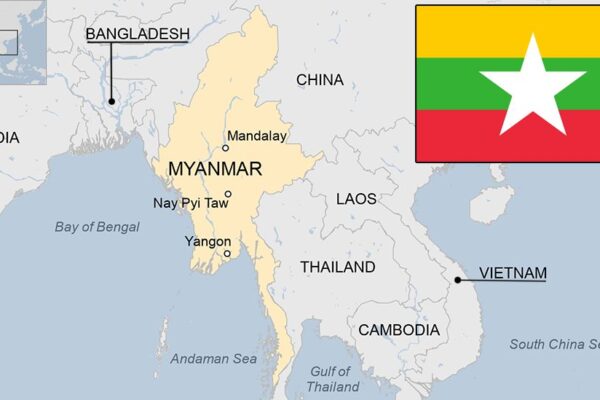Hong Kong verdict against Yuen Long attack victims prompts widespread criticism
The verdict by a Hong Kong court has generated widespread criticism after it found seven people — including former lawmaker Lam Cheuk-ting — guilty of “rioting” when they tried to stop white-clad men wielding sticks from attacking passengers at a subway station in 2019. Exiled former pro-democracy lawmaker Ted Hui, who like Lam is a member of the Democratic Party, accusing authorities of “rewriting history.” “It’s a false accusation and part of a totally fabricated version of history that Hong Kong people don’t recognize,” Hui told RFA Cantonese after the verdict was announced on Dec. 12. “How does the court see the people of Hong Kong?” he asked. “How can they act like they live in two separate worlds?” The District Court found Lam and six others guilty of “taking part in a riot” by as dozens of thugs in white T-shirts rained blows down on the heads of unarmed passengers — including their own — using rattan canes and wooden poles at Yuen Long station on July 21, 2019. Lam, one of the defendants in the subversion trial of 47 activists for holding a democratic primary, is also currently serving a 6-years-and-9-month prison sentence for “conspiracy to subvert state power.” Wearing a cycle helmet, Galileo, a pseudonym, left, tries to protect Stand journalist Gwyneth Ho, right, during attacks by thugs at Yuen Long MTR, July 21, 2019 in Hong Kong. “I was panicky and scared, and my instinct was to protect myself and others,” he said. According to Galileo, Lam’s actions likely protected others from also being attacked. “I felt that his presence made everyone feel calmer, because he was a member of the Legislative Council at the time,” he said of Lam’s role in the incident. “He kept saying the police were coming, and everyone believed him, so they waited, but the police never came.” Police were inundated with emergency calls from the start of the attacks, according to multiple contemporary reports, but didn’t move in until 39 minutes after the attacks began. In a recent book about the protests, former Washington Post Hong Kong correspondent Shibani Mahtani and The Atlantic writer Timothy McLaughlin wrote that the Hong Kong authorities knew about the attacks in advance. Members of Hong Kong’s criminal underworld “triad” organizations had been discussing the planned attack for days on a WhatsApp group that was being monitored by a detective sergeant from the Organized Crime and Triad Bureau, the book said. Chased and beaten According to multiple accounts from the time, Lam first went to Mei Foo MTR station to warn people not to travel north to Yuen Long, after dozens of white-clad thugs were spotted assembling at a nearby chicken market. When live footage of beatings started to emerge, Lam called the local community police sergeant and asked him to dispatch officers to the scene as soon as possible, before setting off himself for Yuen Long to monitor the situation in person. On arrival, he warned some of the attackers not to “do anything,” and told people he had called the police. Eventually, the attackers charged, and Lam and others were chased and beaten all the way onto a train. One of the people shown in that early social media footage was chef Calvin So, who displayed red welts across his back following beatings by the white-clad attackers. So told RFA Cantonese on Friday: “The guys in white were really beating people, and injured some people … I don’t understand because Lam Cheuk-ting’s side were spraying water at them and telling people to leave.” He described the verdict as “ridiculous,” adding: “But ridiculous things happen every day in Hong Kong nowadays.” Erosion of judicial independence In a recent report on the erosion of Hong Kong judicial independence amid an ongoing crackdown on dissent that followed the 2019 protests, law experts at Georgetown University said the city’s courts now have to “tread carefully” now that the ruling Chinese Communist Party has explicitly rejected the liberal values the legal system was built on. RELATED STORIES EXPLAINED: What is the Article 23 security law in Hong Kong? Hong Kong police ‘knew about’ Yuen Long mob attacks beforehand EXPLAINED: Who are the Hong Kong 47? Nowadays, Hong Kong’s once-independent courts tend to find along pro-Beijing lines, particularly in politically sensitive cases, according to the December 2024 report, which focused on the impact of a High Court injunction against the banned protest anthem “Glory to Hong Kong.” “In our view, at least some judges are issuing pro-regime verdicts in order to advance their careers,” said the report, authored by Eric Lai, Lokman Tsui and Thomas Kellogg. “The government’s aggressive implementation of the National Security Law has sent a clear signal to individual judges that their professional advancement depends on toeing the government’s ideological line, and delivering a steady stream of guilty verdicts.” Translated with additional reporting by Luisetta Mudie. We are : Investigative Journalism Reportika Investigative Reports Daily Reports Interviews Surveys Reportika




